Category: car accidents
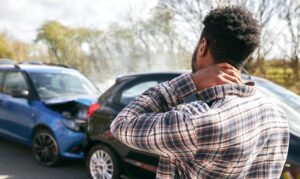
What Are Punitive Damages?
Damages are essential elements in a personal injury case to help you recover what you lost in an accident. While …
Read More
California Rear-End Collisions
A rear-end collision happens in a fraction of a second. It may ruin your day – or change your life …
Read More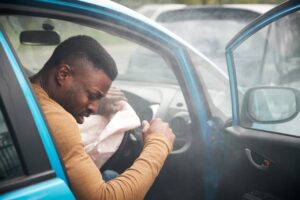
What is “Uninsured” and “Underinsured” Motorists Coverage and Why it’s Important
“Uninsured” and “Underinsured” Motorists Coverage is a form of automobile coverage that allows you to collect from your own insurance …
Read More
What Is “Lien” Care?
If you have ever been involved in an accident or have otherwise contacted an injury attorney, chances are you have …
Read More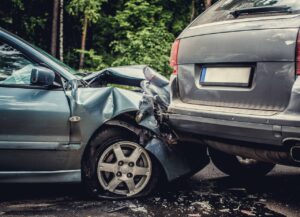
Can You Still Recover Money Damages If You Are Responsible For A Car Accident?
The answer is yes. Even if you are responsible for a car accident in California, you are still entitled to …
Read More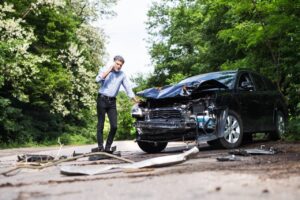
What’s My Car Accident Case Worth?
We receive plenty of calls from clients asking the same question after being involved in a car accident – what …
Read More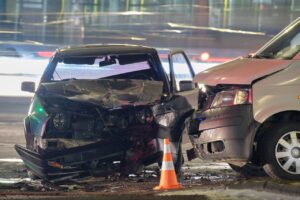
Traffic Collision Reports – Why They Are Important And How To Obtain A Copy in the City of Beverly Hills
If you have been involved in a car accident, it is important to call the police right away and have …
Read More